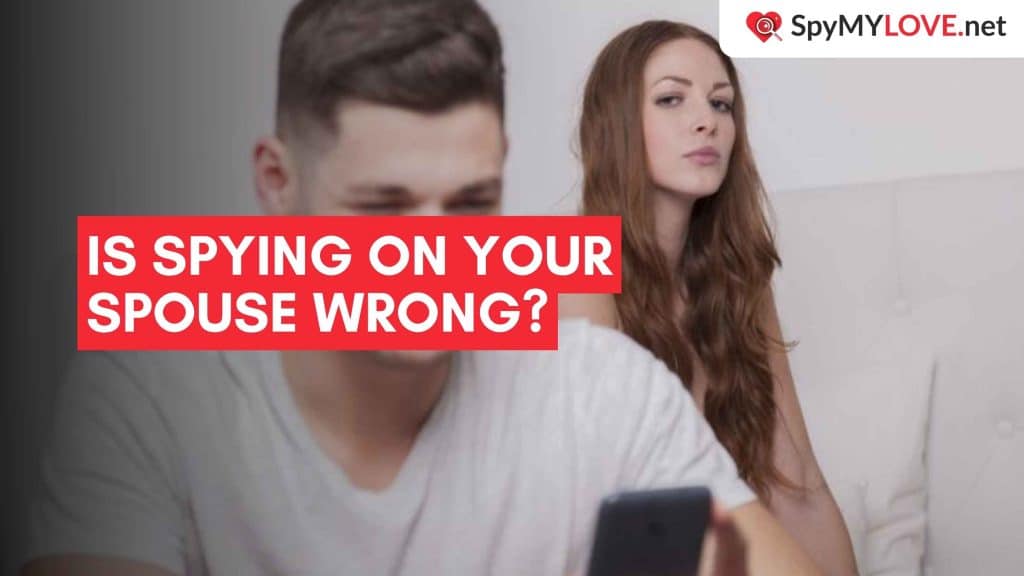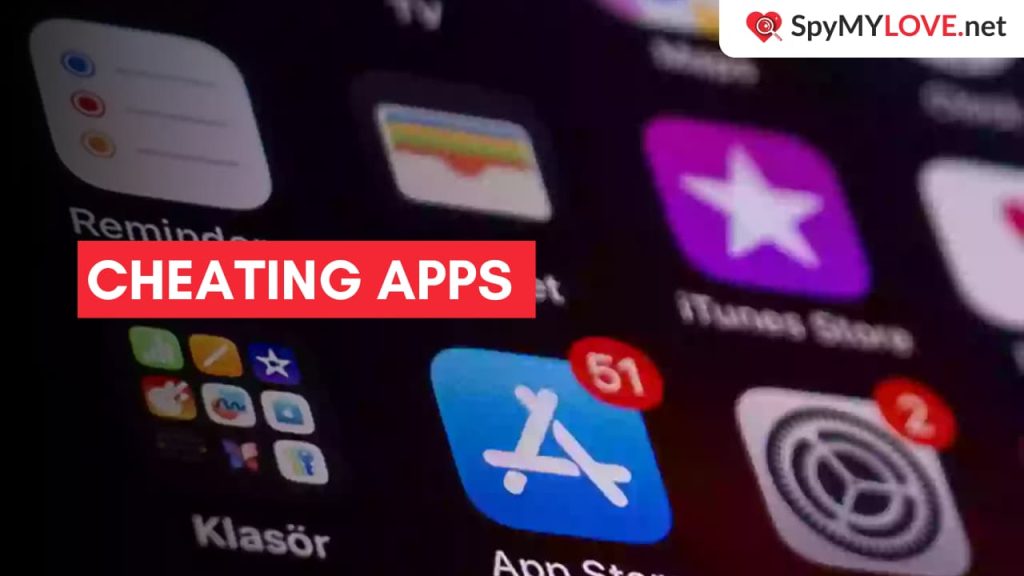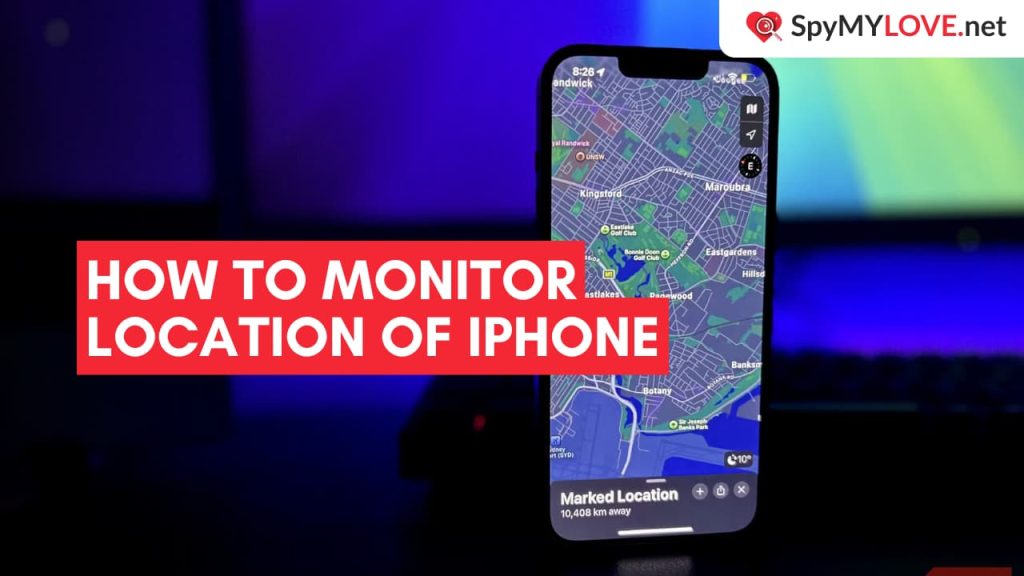Instagram connects millions of users worldwide, but a common question remains: can you see someone’s location on Instagram? The answer isn’t as simple as many think.
While the app offers tools like Instagram location tags, IG maps, and even optional location trackers, it never reveals your exact position unless you choose to share it.
In this guide, we’ll explain how Instagram location tracking works, explore privacy settings, and cover the platform’s new location-sharing map feature to help you stay informed and secure.
Can You See Someone’s Location on Instagram (Inshort)
- Instagram doesn’t let you track real-time location by default.
- Location is visible only if someone adds a tag.
- Users must actively choose to share their location info.
- Unlike WhatsApp, it doesn’t show the last seen location.
How Instagram Location Sharing Works?
Instagram prioritizes user control and voluntary sharing. It uses GPS, Wi-Fi, and cell towers to detect location, but this data is never automatically shared with others.
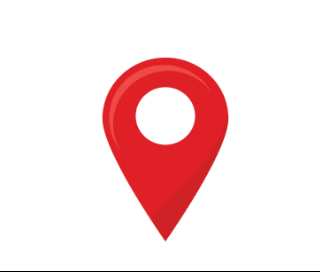
Just a Note: Before worrying about someone’s location, it’s worth understanding what counts as cheating in a relationship to avoid misjudging intentions.
Keep reading if you’re concerned about your partner hiding Instagram conversations from you. Here’s how Instagram location sharing works:
Location Data used by Instagram
Instagram accesses your device’s location services to enable geolocation features. When you tag a location, the app references nearby places from Facebook’s location database, allowing you to select specific businesses, landmarks, or general areas rather than showing your precise coordinates.
Voluntary vs. Involuntary Sharing
All location sharing on Instagram is voluntary. Users must actively choose to add location information to their content, whether in posts, stories, or profile details.
Instagram never broadcasts your location automatically or in the background without explicit user action, distinguishing it from tracking apps.
How Privacy Settings Control Location Visibility
Instagram’s privacy settings determine who can see your location information. Public accounts make location-tagged content visible to anyone, while private accounts only restrict visibility to approved followers.
Users can also remove location data from existing posts or entirely disable location services for Instagram through their device settings.
Did you know?
Digital cheating is a type of cheating where a partner is involved with someone else without the other person knowing.
7 Ways to See Someone’s Location on Instagram
Instagram offers several features that allow users to share their location, though all require the person’s active participation and consent.
Also Read: How to see deleted Instagram messages easily and privately.
Here are some of the ways to see someone’s location on Instagram:
1. Instagram’s New Location-Sharing Map
Instagram recently introduced a map feature that lets users share their real-time location with friends. The feature launched on August 6, 2025, starting in the U.S., and will roll out globally soon.
When enabled, your location updates whenever you’re active on Instagram. You can choose who sees it—friends, close friends, selected people, or no one at all. The map is found at the top of your DM inbox, next to Notes.
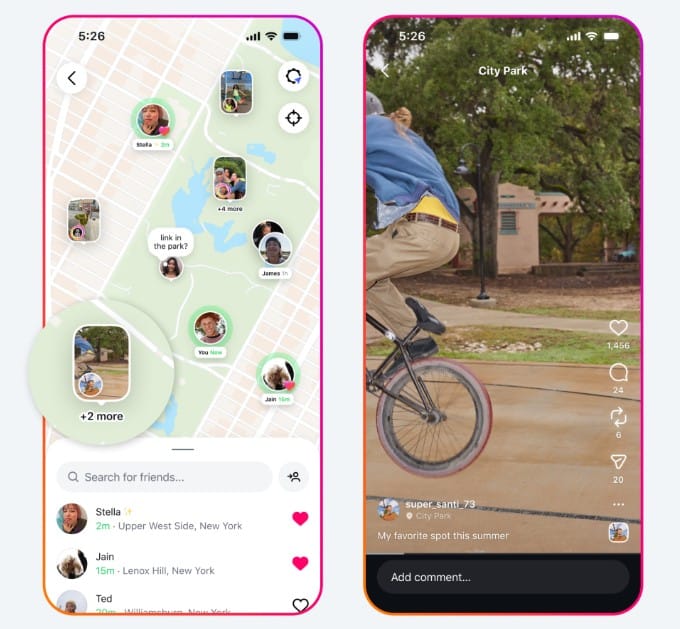
You can also see stories, reels, and notes from people you follow with tagged locations on the map, which remain visible for 24 hours. Parents with supervision enabled for teens can control whether their child uses the feature and receive notifications if location sharing is turned on.
2. Bios, Posts, and Stories with Location Tags
When users add location tags to their posts or stories, the information becomes visible to anyone. These tags typically show a general area (like a city, neighborhood, or business) rather than precise coordinates.
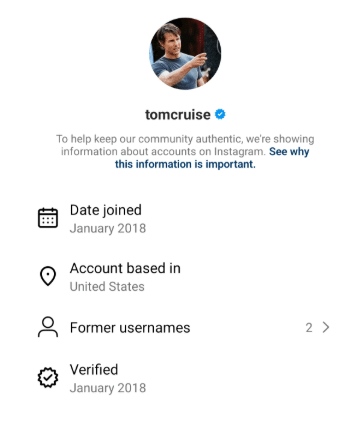
You can see a map and other public content from the same location by tapping these location tags.
3. Business Account Location Info
Business profiles often include address information in their bio section. This physical location is deliberately shared to help customers find the business and doesn’t indicate the current location of the person managing the account.
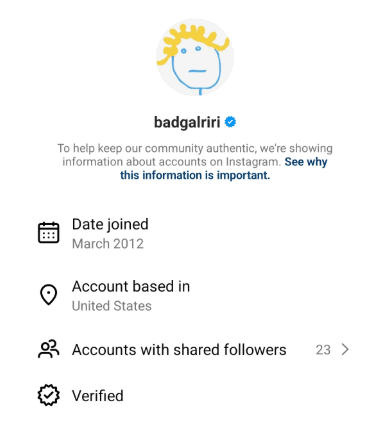
4. Direct Message Location Sharing
Within Instagram direct messages, users can share their current location with specific individuals. This feature allows temporary location sharing through an interactive map, but requires active participation from the user and must be manually initiated for each instance of sharing.
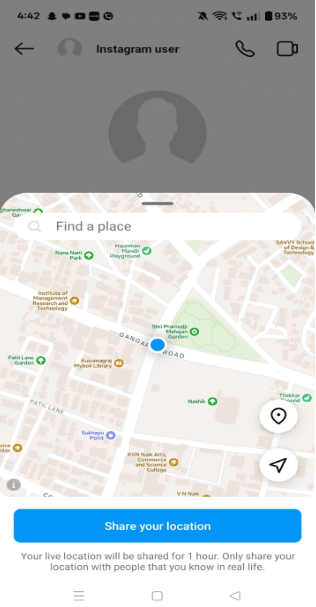
5. The “Friend Map” Feature
Instagram is currently testing a “Friend Map” feature in select regions. It lets users share their location with chosen friends, similar to Snapchat’s Snap Map. Users can also add notes to places and view friends’ posts and Stories tagged on the map.
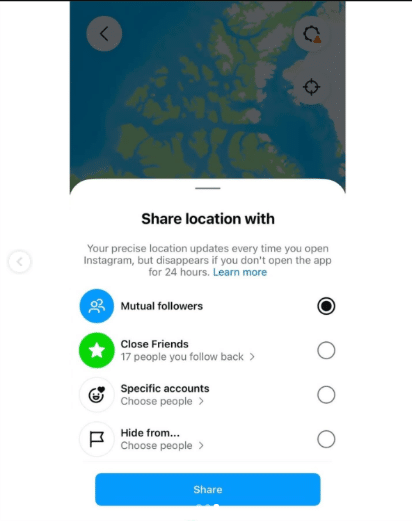
To check the actual way of using the feature, check this.
6. Connected Accounts (Facebook, Twitter, etc.)
Some users connect their Instagram accounts to other platforms with different location-sharing policies. However, connecting accounts doesn’t automatically sync location data between platforms, and each service maintains its separate privacy settings.
7. Location Stickers on Instagram
Stories can include interactive location stickers that display where the content was created. These stickers show general areas rather than exact coordinates and only reflect where the person was when creating the content, not their current location.
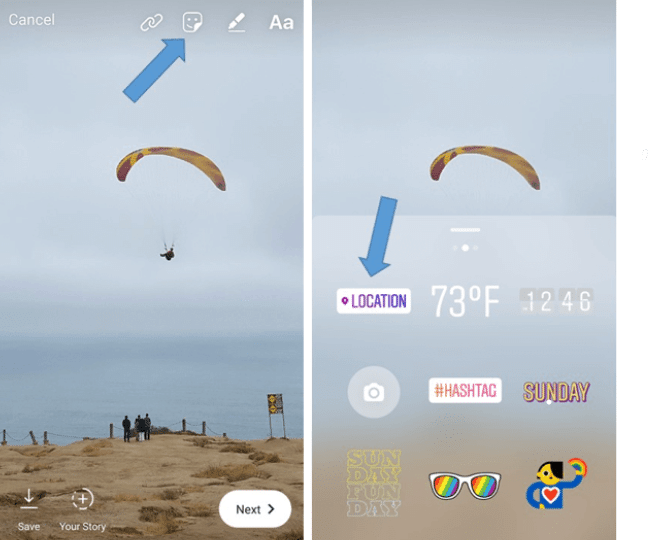
The information disappears when the story expires after 24 hours.
8. “Nearby” Features
Instagram has previously tested features that show content from nearby locations, but these focus on discovering local content rather than tracking specific users.
These features display public content based on location tags, not the real-time whereabouts of individuals you follow.
Bonus Tip: If you’re looking for more direct ways, here’s how you can trace your partner’s current location with accurate tools beyond Instagram features.
Why Instagram Doesn’t Offer Real-Time Location Tracking of Individuals
Instagram deliberately limits location tracking capabilities to balance functionality with user privacy and safety. Several essential factors influence this design decision.
1. Privacy Concerns
Real-time location tracking would create significant privacy vulnerabilities for users. By revealing exactly where someone is at any given moment, such features could potentially enable stalking, harassment, or other harmful behaviors.
Instagram’s parent company, Meta, faces ongoing scrutiny regarding data privacy, making them particularly cautious about location-sharing features.
2. User Experience
Constant location tracking creates a negative user experience for many people. Most users don’t want to continuously broadcast their whereabouts, preferring to share location information selectively and intentionally.
Research shows that perceived privacy intrusions can drive users away from social platforms entirely.
Source: Science Direct
3. Technical Challenges
Implementing accurate, continuous location tracking creates substantial technical challenges. Such functionality would significantly increase battery drain on users’ devices and require constant background processing.
The technical infrastructure needed to support real-time location tracking for Instagram’s billion-plus users would also be considerable.
Source: Instagram Terms of Location-based Services
Tips for Managing Your Location Privacy on Instagram
Taking control of your location privacy on Instagram requires understanding several key settings and options.
Here are some tips to manage your privacy on Instagram:
1. How to Disable Location Tags
To remove location data from existing posts, tap the three dots above your post, select “Edit,” then tap the location name and choose “Remove Location.”
For future posts, skip adding location when creating content. Remember that even deleted location tags may remain in Instagram’s databases.
2. Turning Off Location Services
For maximum privacy, disable Instagram’s location services in your device settings. On iOS, go to Settings > Privacy > Location Services > Instagram.
On Android, navigate to Settings > Apps > Instagram > Permissions > Location. Turning this off entirely prevents Instagram from accessing your location.
3. Using Advanced Privacy Settings
Set your account private to ensure only approved followers see your content, including any location information. Review your follower list regularly and remove anyone you don’t want to have access to your location data.
Consider creating Close Friends lists for stories with location information you want to share selectively.
4. General Instagram Privacy Tips
Avoid posting in real time when sharing content with location tags. Consider posting about places only after you’ve left them to prevent revealing your current whereabouts.
Be mindful about sharing recognizable landmarks or distinctive features that could reveal your regular locations or routines.
Ethical Considerations & Best Practices For Instagram
When considering location information on Instagram, ethical considerations should guide how you share your location and interact with others’ location data.
1. Using Third-Party Apps
Numerous third-party apps and services claim to track Instagram users’ locations, but these applications typically don’t work as advertised. Most are scams designed to steal personal information or install malware.
Legitimate tracking apps require direct installation on the target device and don’t work through Instagram’s API, as the platform restricts this data access.
2. Ethical Considerations
Attempting to track someone’s location without their knowledge raises serious ethical concerns. Such behavior can constitute stalking, harassment, or invasion of privacy, potentially violating laws in many jurisdictions.
Instead, respect others’ boundaries and privacy choices. If someone hasn’t shared their location with you directly, assume they don’t want you to know it.
Explore These Privacy Topics:
Final Thoughts: Instagram Shares Locations Only When Users Opt In, Including Its New Map Feature
Instagram gives users full control over location sharing. The new Instagram map feature now lets you share real-time updates, but only with people you select. Without your choice, Instagram never reveals your exact location.
Posts, Stories, and tags can still include places, yet everything stays optional. This balance between convenience and privacy means you decide when and how to share.
If privacy is a concern, check your Instagram settings and adjust location sharing to fit your comfort level.
FAQs
It’s a new tool inside Instagram that lets you share your location with friends in real time. You choose who can see it, and the map also shows posts and Stories with location tags for 24 hours.
No, Instagram doesn’t provide functionality to see who views your profile or content unless they actively engage by liking, commenting, or watching your stories.
Instagram doesn’t reveal who views your profile, and third-party apps claiming to do so are unreliable and risky.
You can’t tell when someone visits your profile. Instagram deliberately doesn’t provide this information to protect user privacy.
No, Instagram doesn’t notify users when their profile has been viewed or searched for. Your profile browsing remains private.
Instagram doesn’t provide a direct list of users who’ve blocked you. You can only determine if a specific user has blocked you by searching for their profile and finding it unavailable.

